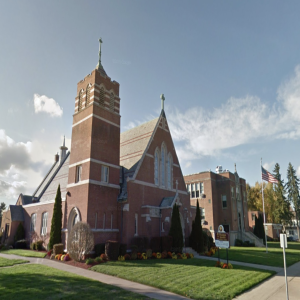

Homily for the Nativity of the Blessed Virgin Mary (Fr. Jack)
The Church's celebration of Mary's birth probably began at some point in the Sixth Century, possibly earlier. The Eastern Church begins its liturgical year every September and chose that month as the beginning of Mary's life on earth. With nine months as the traditionally understood time of pregnancy, September 8 determined the date for the Solemnity of the Immaculate Conception on December 8.
Scripture does not tell us anything about the birth of Mary. However, the somewhat fictional Protoevangelium of James, while being rather dubious, possibly fills in the gap. While this work has no historical value, it shows us some of Christian piety's early development. According to this account, Mary's parents, Anna and Joachim, prayed for a child and received the promise of a child who would be an active participant in God's salvation plan. Much like many biblical stories, this one stresses God's remarkable presence in Mary's life from its beginning.
Saint Augustine connected Mary's birth with the salvific mission of Jesus. He said, “She is the flower of the field from whom bloomed the precious lily of the valley. Through her birth, the nature inherited from our first parents is changed.” Indeed, her life and her cooperation with the plan of God opened the way for the one who would change our sinful nature forever, in this life and the next.+
More Episodes
All Episodes>>You may also like
Creat Yourt Podcast In Minutes
- Full-featured podcast site
- Unlimited storage and bandwidth
- Comprehensive podcast stats
- Distribute to Apple Podcasts, Spotify, and more
- Make money with your podcast













